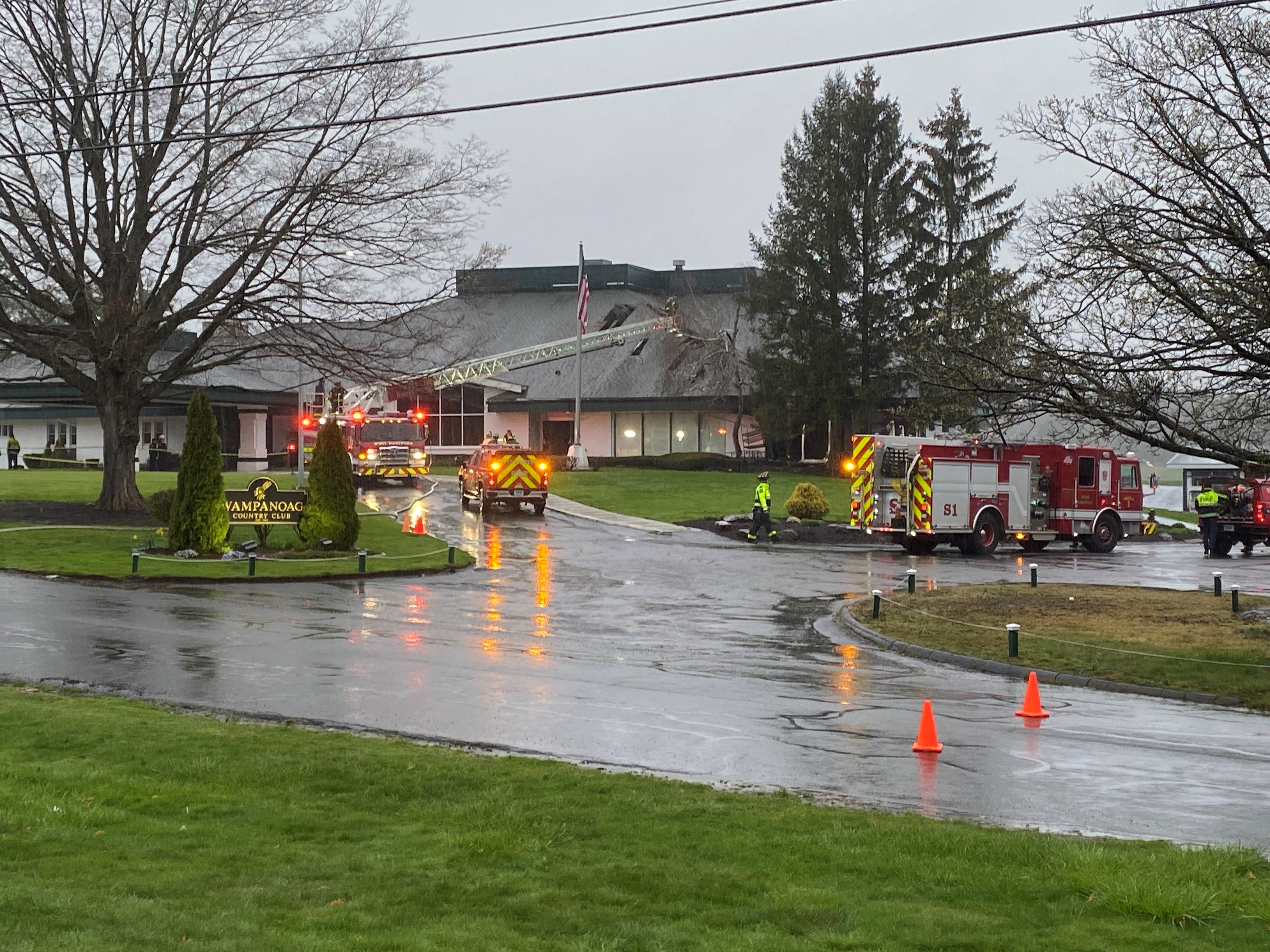Connecticut is rich in black history and one of the most notable events that happened was the story of the Amistad.
“They rebelled. They took control of the vessel [the Amistad] and tried to make their way back home to Africa. They ended up getting lost and ended up in the Long Island Shore,” said Todd Levine, the architectural historian for the State of Connecticut and the coordinator for the Connecticut Freedom Trail.
When the Amistad entered the waters of the Long Island Sound, the U.S. Navy took it into custody and it was towed into the New London harbor. The people on board were jailed in New Haven and they had their first trials at the Old State House in Hartford.
“The room for the trial you have to imagine it as being extremely crowded. People were here, this was an event. This was a place for people to come to see what was happening, to get the news first. And when the trials happened Hartford, the streets were packed,” said Sally Whipple, the executive director of the Connecticut Democracy Center at Connecticut’s Old State House.
Their leader Cinque did not speak the language. So he tried to mime and visually explain what he and the others on the ship endured at sea, according to Whipple.
“It is a story of people really working to move forward, make their case, make their point and doing it without at first command of the language, without knowledge of the culture and with the stress of being stolen from home,” Whipple said.
Local
In the end, at the Old State House and at the Supreme Court, the south Africans were declared free.
“In the end, they decided they could not rule on murder because it happened on the high seas and we did not have jurisdiction over that,” Whipple said. “They decided then eventually that the Amistad Africans were free because they had been taken illegally from African and therefore could not be legally enslaved.”
The people at that point had a choice to go back to Africa, but they had to earn their own money to get them back.
Much of their struggle is depicted at the Old State House in Hartford or at the New Haven Museum.
For eight months, following their acquittal in 1841, the Africans lived in Farmington and would visit John Treadwell Norton’s house on Mountain Spring Road.
“They needed clothing, they needed food, they needed housing,” said Portia Corbett, the president of the Farmington Historical Society.
“Most people in the town got together and provided them with this.”
“Every Sunday everyone would gather here [at Norton’s home] and that was one of the ways they would raise money to help the Amistad captives return to Sierra Leone,” Corbett said.
“For them to be accepted by the people in the town was a very loving circumstance for them to be in. It was actually told when they left on the canal boat, which is now Garden Street, but when they left on the boat, all the citizens of Farmington went to say goodbye to them and many people were crying that they were leaving because they had developed these relationships,” Corbett said.



